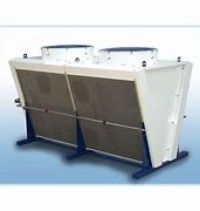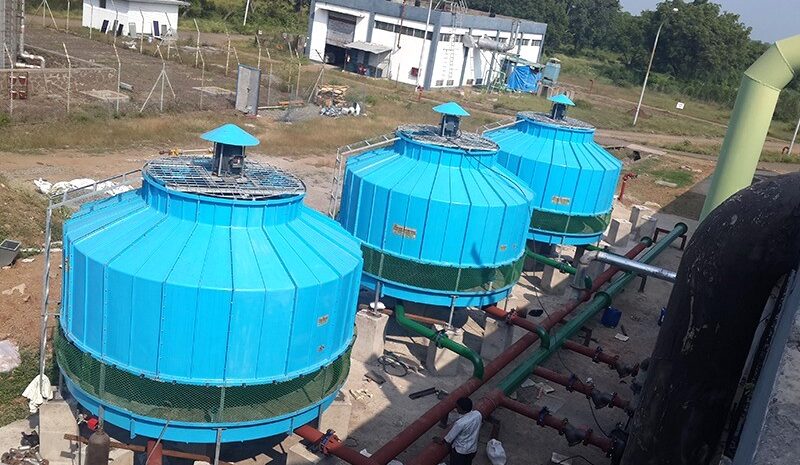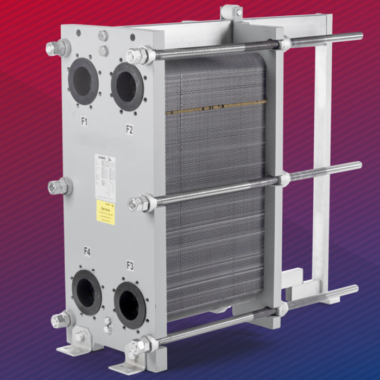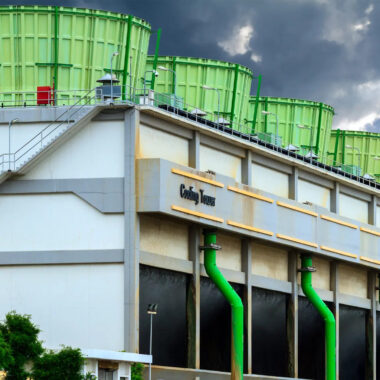How many types of cooling towers ?
How many types of cooling towers ?
How many types of cooling towers ? : Cooling towers can be classified into a few sorts based on their plan, development, and operation. The most sorts of cooling towers incorporate:
1) Natural Draft Cooling Towers:
These towers depend on the buoyancy of heated air to form normal wind stream, drawing air through the tower and removing it at the beat. They ordinarily have a large hyperbolic shape and are commonly utilized in large-scale industrial applications such as power plants and refineries.
2) Mechanical Draft Cooling Towers:
A. Induced Draft Cooling Towers:
In initiated draft towers, mechanical fans are found at the beat of the tower, pulling air upwards through the tower. This makes a negative weight zone inside the tower, upgrading airflow productivity. Induced draft towers are broadly utilized in HVAC systems, industrial forms, and commercial buildings.
B. Forced Draft Cooling Towers:
Forced draft towers have mechanical fans found at the base of the tower, pushing discuss upwards through the tower. This plan forces air through the tower, giving greater control over wind stream and conveyance. Constrained draft towers are frequently utilized in applications where space imperatives or airflow resistance are factors.
3) Crossflow Cooling Towers:
In crossflow towers, air flows on a level plane over the stream of water, permitting for more proficient heat transfer. Water is distributed over the fill fabric, whereas air is drawn opposite to the water stream. Crossflow towers are commonly utilized in HVAC systems and medium-sized industrial applications.
4) Counterflow Cooling Towers:
Counterflow towers have air flowing vertically upwards against the descending flow of water, maximizing contact between air and water for effective heat transfer. Water is conveyed at the beat of the tower, whereas air is drawn in at the base. Counterflow towers are known for their tall productivity and are broadly utilized in large industrial applications and power plants.
5) Open-Circuit Cooling Towers:
In open-circuit towers, water is uncovered directly to the climate, permitting a portion of it to vanish and dissipate heat. These towers are suitable for applications where water can be released after utilize, such as industrial forms and power plants.
6) Closed-Circuit Cooling Towers:
Closed-circuit towers circulate a isolated fluid, such as glycol or refrigerant, through a heat exchanger to evacuate heat from the method liquid. They offer the advantage of anticipating contamination or vanishing of the method fluid and are commonly utilized in HVAC systems and prepare cooling applications.
These are the most sorts of cooling towers, each advertising one of a kind points of interest and suitable for different applications based on factors such as cooling capacity, effectiveness, space imperatives, and environmental considerations.







